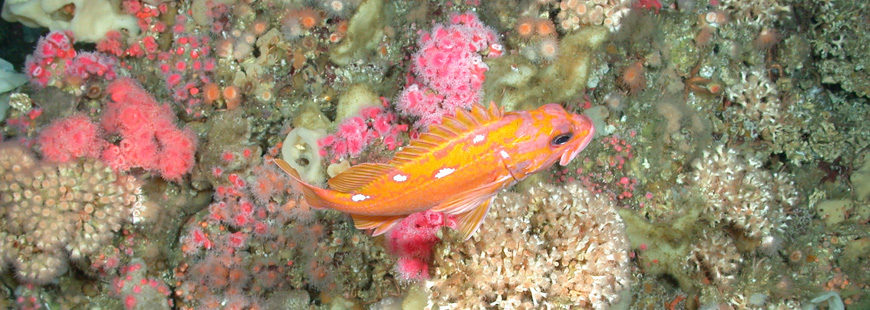Like most big headline-grabbing policy breakthroughs achieved through the regional fishery management council process under the Magnuson-Stevens Act, the recently announced protections for deep sea essential fish habitat (EFH) on the West Coast took years of painstaking work. Many fishermen and environmentalists are rightfully celebrating their collective achievement, but it’s worth taking a moment to talk about what it took to get here.
I’ve served as the commercial fisheries representative on the Pacific Fishery Management Council Habitat Committee for most of the period since 2011, when the EFH review began. As a committee member I have participated in reviewing the new habitat information after NOAA academic scientists had conducted surveys. I have also reviewed proposals for protecting deep sea corals, many from the NGO community, but also the so-called “Collaborative Alternative” advanced by a consortium of NGOs and commercial fishermen, mostly trawlers.
As the commercial fishing representative on the habitat committee, I reached out to the trawlers, trying to get help understanding the impacts of their proposals to fisheries, and I spent a great deal of time communicating with the NGO community. Things were also a bit uneasy between the NMFS Habitat division and the Science Center, as the Science Center was constantly producing new data that showed the existence of priority habitat that would need to be designated in the earlier rounds of the EFH review process. In the end, the Council received a range of advice from their advisory bodies that allowed them to choose alternatives that were somewhere in the middle of the pack, resulting in the “Grand Compromise” we’re celebrating today.
The protection of deep sea corals and other essential fish habitat is crucial for the recovery and long-term conservation of fish populations. For example, many of the rockfish declared overfished in the last decades have been recovered. The habitat protections, in particular the West Coast Rockfish Conservation Areas, certainly helped, as did the drastic reduction in fleet capital and effort. It turns out that habitat protection leads to improved stock abundance, which leads to improved fishing quotas and economic benefit.
For marine waters off shore of Washington State, there were a few additional protections, but much of the rocky substrate and canyon bottom is in the treaty tribal Usual and Accustomed Fishing Area (U and A). Because this area was subject to co-management agreements that weren’t part of this review, nothing changed within the U and A. But either way, the right kind of habitat is being protected in many places, and fishing opportunity in less sensitive areas will likely increase. These are victories for all of us.
I think this “Grand Compromise” can be a model for other regions and other councils. It took a lot of hard work and trust-building to get this far, and there’s plenty more EFH protection work to be done in other sectors. Hopefully we can take some lessons from this process, including open and honest communication between stakeholder interests and the close coordination between council members and advisory committees, to heart as we recover other species.


